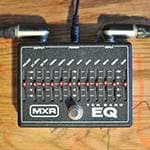Hello, this is Conservario.
So far, we’ve shared various ukulele practice tips and information, but we haven’t covered a crucial aspect yet: basic knowledge before you start playing.
This includes things like carrying, tuning, placement, and more.
Trying methods you assume to be "probably correct" can be risky. Let us share the proper knowledge with you!
■ Carrying
When taking your ukulele somewhere, always carry it in a dedicated case.
Occasionally, some people just toss it directly into a large backpack or bag, but please never do this.
While it’s true that ukuleles are small, lightweight, and easy to take anywhere, they are actually delicate instruments.
Make sure to use a proper ukulele case when transporting it.

The case that comes with your ukulele when you buy it is usually fine to use. However, if you purchased a low-cost ukulele, the included case may be poorly made. In some cases, wrapping the ukulele in a towel might actually be safer. If that's the case, consider purchasing a higher-quality case separately.
Cases are typically labeled for soprano, concert, or tenor ukuleles, so be sure to choose the size that matches your instrument.
Here’s a trick: buy a slightly larger case. Larger cases can hold sheet music and accessories, making it easier to carry everything in one place and reducing the chances of forgetting something. For example, soprano cases are naturally small and often can’t fit A4-sized sheet music. A larger case can help solve this issue.
Make sure the larger case you choose can secure the ukulele inside. Since it won’t be an exact fit, the ukulele might otherwise move around inside the case, which can damage it. Take care to address this when choosing a case!
■ Tuning
The ukulele is tuned to G (sol), C (do), E (mi), A (la) from the 4th to the 1st string. This is widely available information in books or online, so you’re likely already familiar with it.
However, many people don’t pay much attention to the proper way to turn the tuning pegs.
The most stable method of tuning is to always raise the pitch from a lower note to the correct pitch.
For example, when tuning the 4th string using a tuner, if the pitch is slightly too low, simply turn the peg to raise the pitch until it matches.
But if the pitch is slightly too high, the correct approach is to first lower the pitch below the target note and then slowly turn the peg to raise it to the correct pitch.
You might wonder why this extra step is necessary. The reason is that this method ensures the tuning stays stable. It has to do with how the strings stretch and the way the tuning pegs are constructed.
This method is so standard that it’s common knowledge among guitarists. As you know, guitars are more challenging to keep in tune compared to ukuleles due to their longer, thicker strings and higher tension. Guitarists also tend to play harder, requiring frequent tuning adjustments—it’s a classic guitarist experience.
While ukuleles are gentler instruments in terms of tension and playing style, making them easier to manage, frequent tuning issues can occur for some players. If that sounds like you, give this method a try!
KORG / HT-U1 Clip-On Tuner for Ukulele
■ Placement
How do you store your ukulele in your room?
On a stand, in a case, or just left on a bed or sofa?
There are various ways to place it, but personally, I recommend keeping it properly on a stand.
While storing it in a case is also fine, it might make it more of a hassle to take out, which can discourage practice. Keeping your ukulele visible and easily accessible can help you practice more regularly.
That said, if you choose to keep it on a stand, there’s one important thing to watch out for: temperature and humidity.
Extreme temperatures—whether too high or too low—as well as excessively high or low humidity, can harm the instrument.
I’d love to provide a specific ideal temperature or humidity (like "this many °C and this many %"), but the exact values depend on your room and instrument.
As a general guideline, aim for the temperature and humidity levels where a human feels comfortable.
Following this should keep your ukulele safe.
If the air is too dry, the wood of the ukulele could crack. If you’ve never considered this before, start paying attention from today!
■ Summary
We’ve covered tips and precautions for carrying, tuning, and storing your ukulele.
While these details might not cause immediate problems if overlooked, they can lead to serious issues later on (like a ukulele slipping off a sofa and cracking after falling to the floor).
Regretting not taking precautions earlier can feel like such a waste. Take preventative measures now to avoid trouble later.
Although this might seem like advice for beginners, even experienced players can sometimes grow careless due to familiarity, neglecting proper handling or storage.
Let’s revisit the basics and prioritize proper care and storage.
Thank you for reading to the end!
コラム「sound&person」は、皆様からの投稿によって成り立っています。
投稿についての詳細はこちら





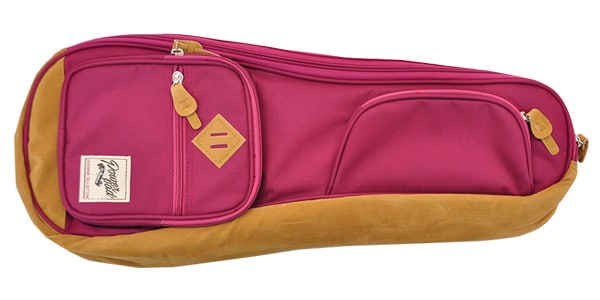
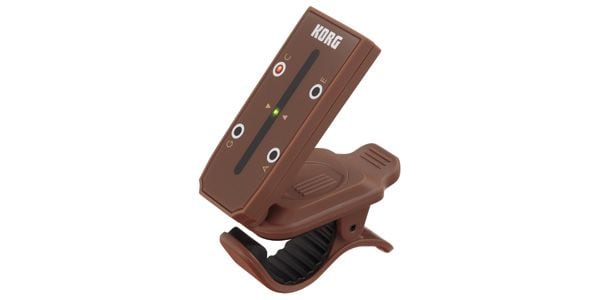
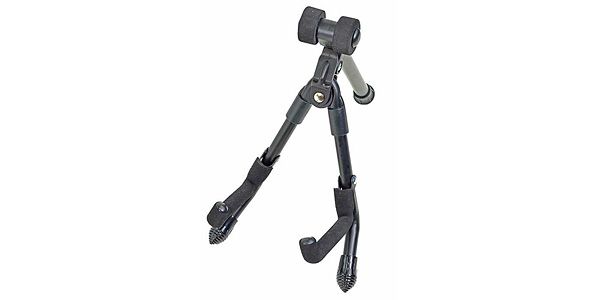




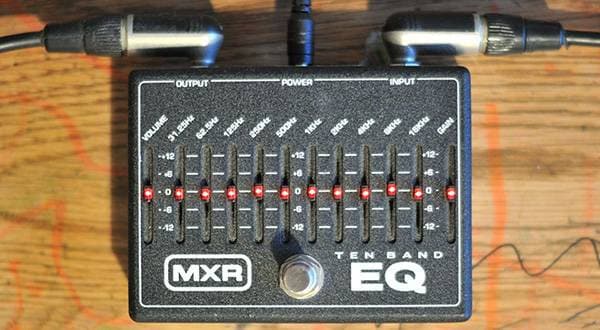
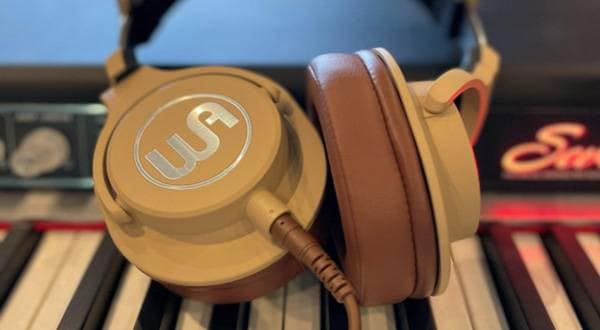

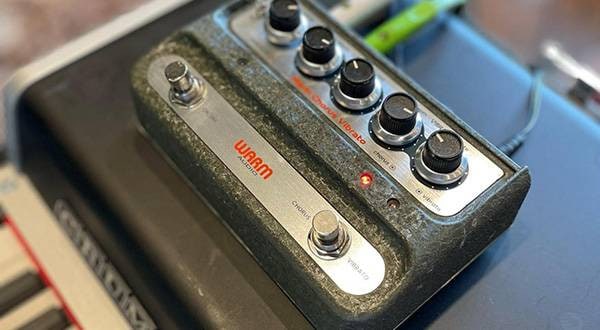
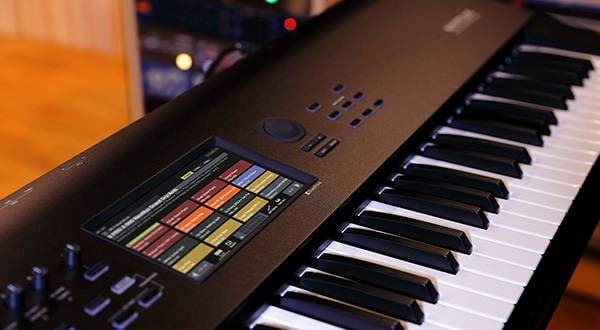
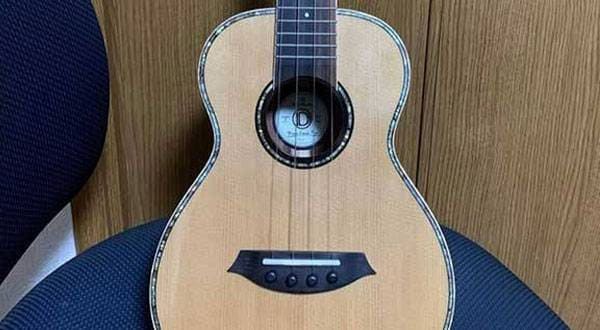
![[Enjoy the Ukulele Even More!] For Those Who Don’t Have Time to Practice](/contents/uploads/thumbs/5/2022/2/20220210_5_16650_1.jpg)
![[Enjoy the Ukulele Even More!] Practice that You Can Do Even Without Your Ukulele](/contents/uploads/thumbs/5/2022/1/20220131_5_16448_1.jpg)
![[Enjoy the Ukulele Even More!] How to Apply Vibrato](/contents/uploads/thumbs/5/2022/1/20220131_5_16451_1.jpg)
![[Enjoy the Ukulele Even More!] Self-Accompaniment and Solo Ukulele](/contents/uploads/thumbs/5/2022/1/20220128_5_16395_1.jpg)
![[Enjoy the Ukulele Even More!] Amount of Time You Should Dedicate for Everyday Practice](/contents/uploads/thumbs/5/2022/1/20220128_5_16396_1.jpg)
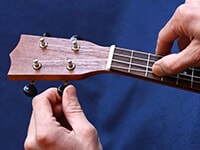 ウクレレのチューニング方法
ウクレレのチューニング方法
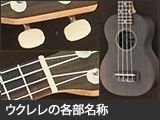 ウクレレの各部名称
ウクレレの各部名称
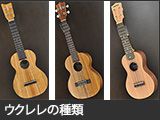 ウクレレの種類
ウクレレの種類
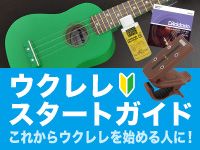 ウクレレスタートガイド
ウクレレスタートガイド
 めちゃラク!ギター講座
めちゃラク!ギター講座
 ウクレレ初心者講座
ウクレレ初心者講座
